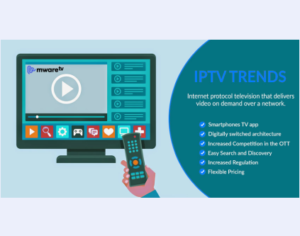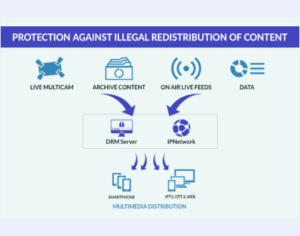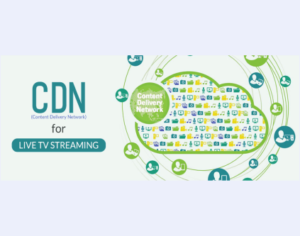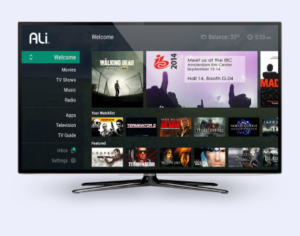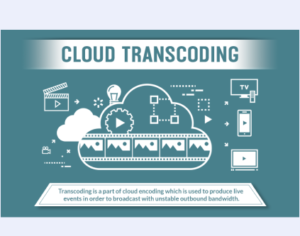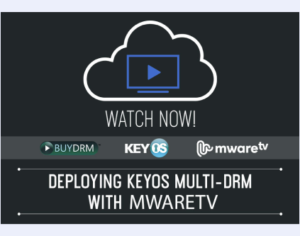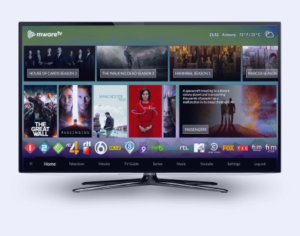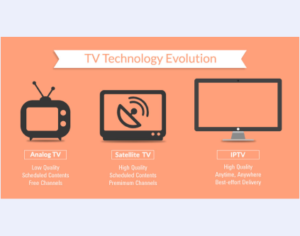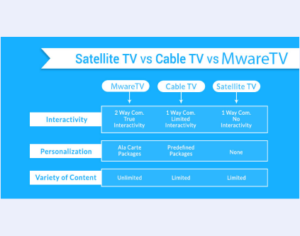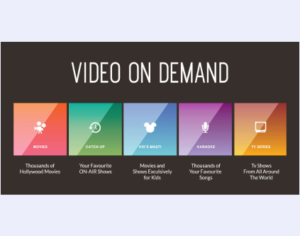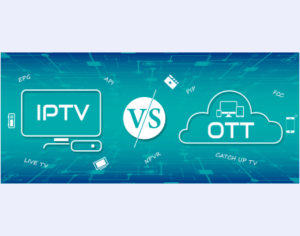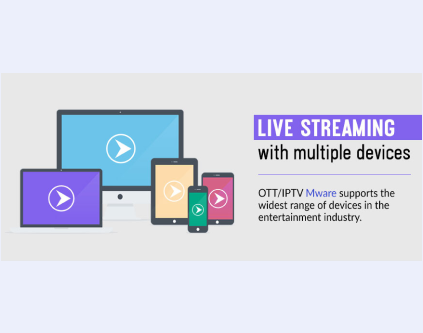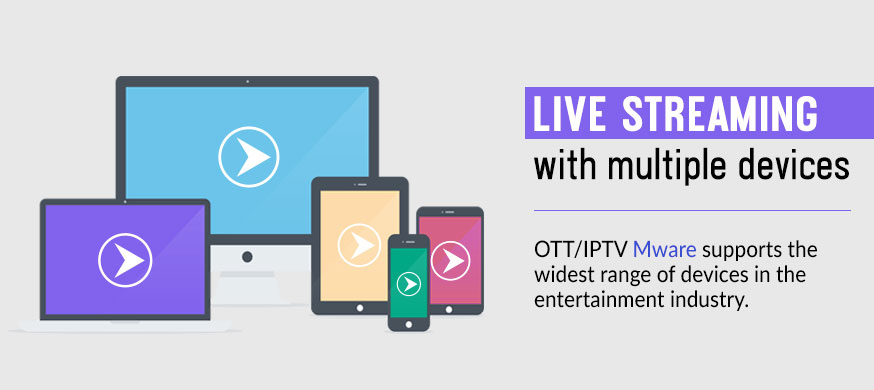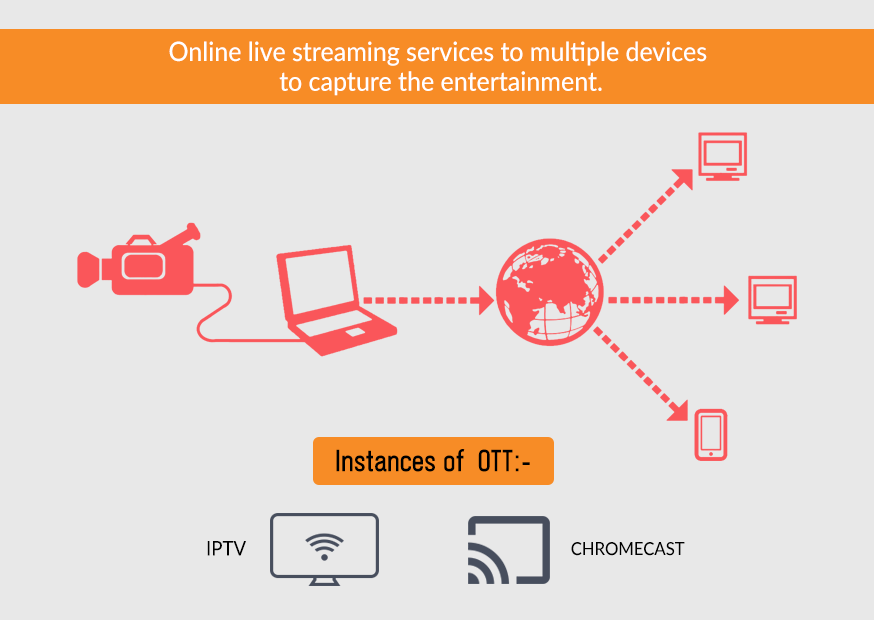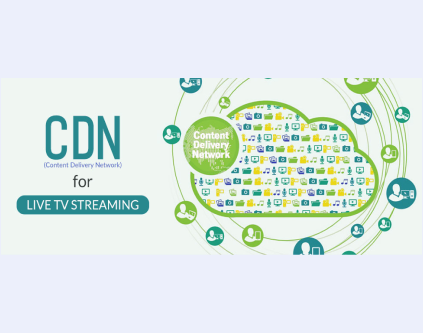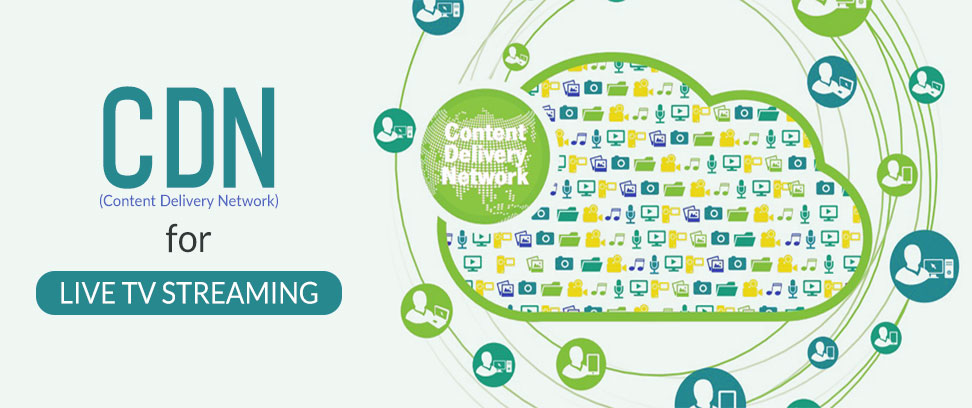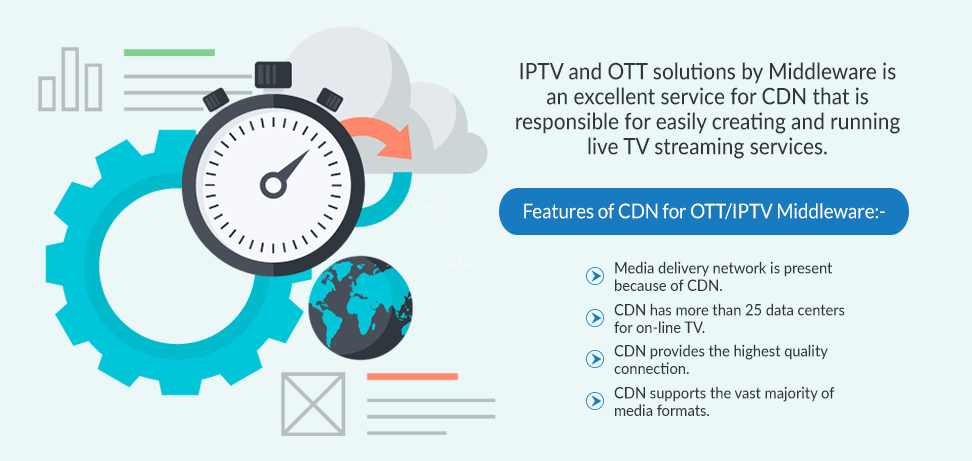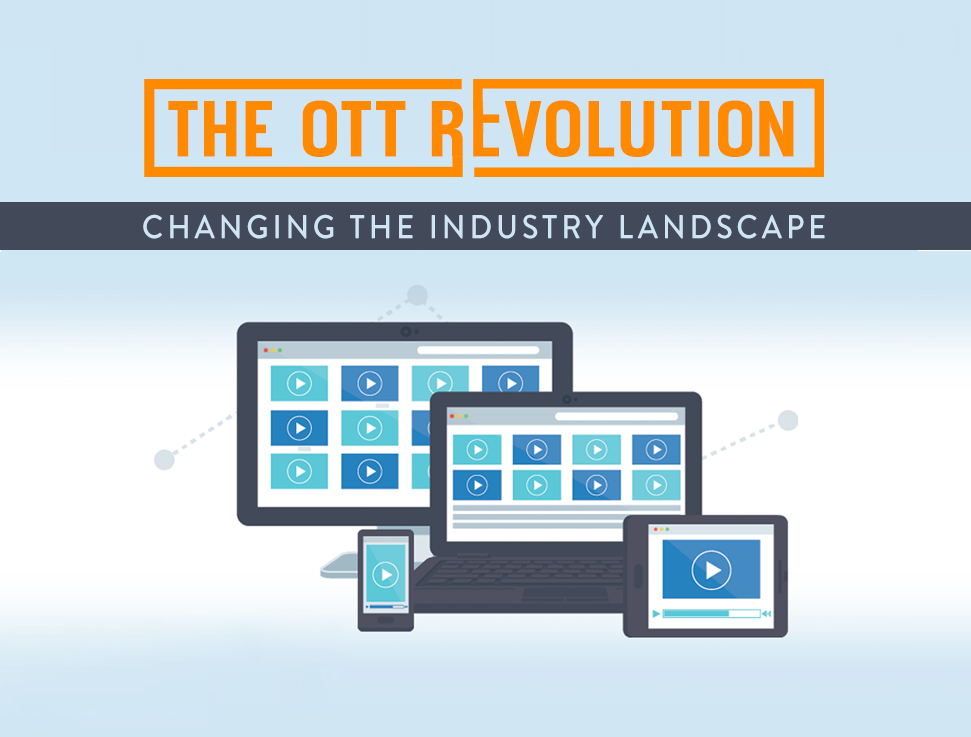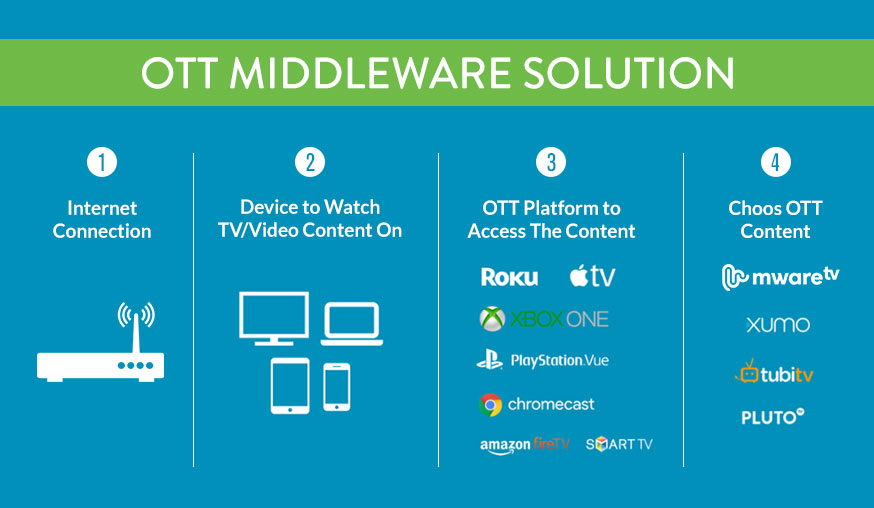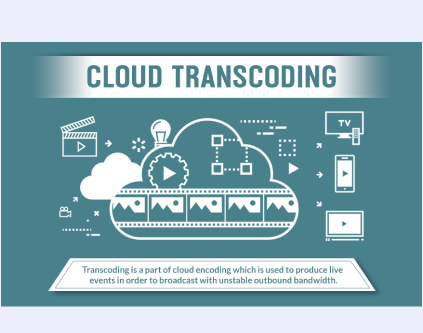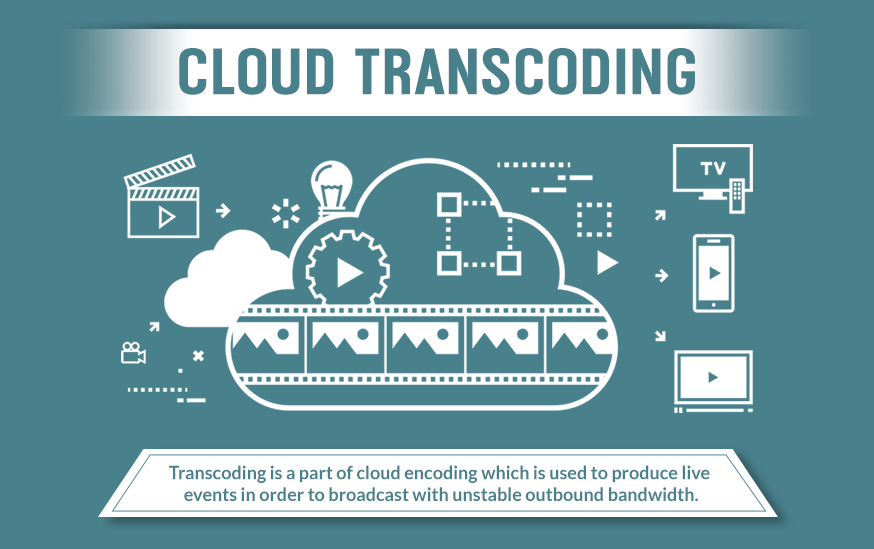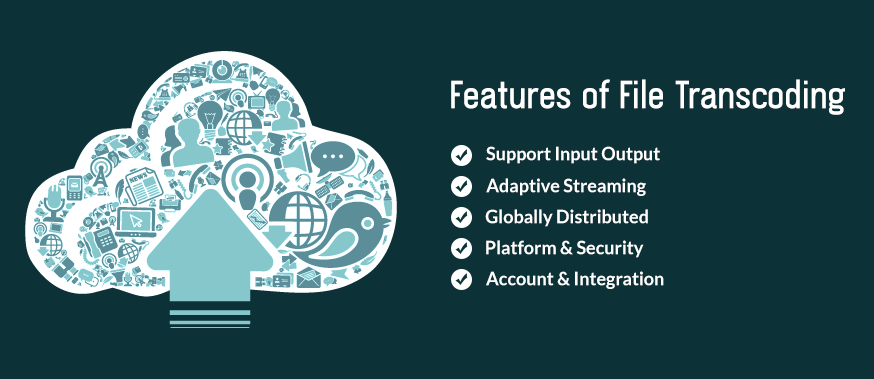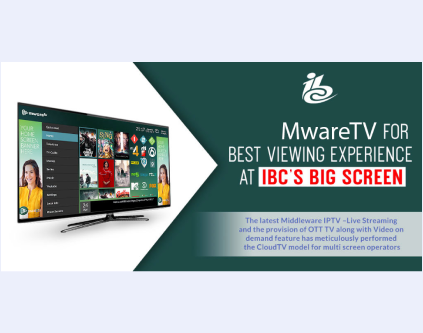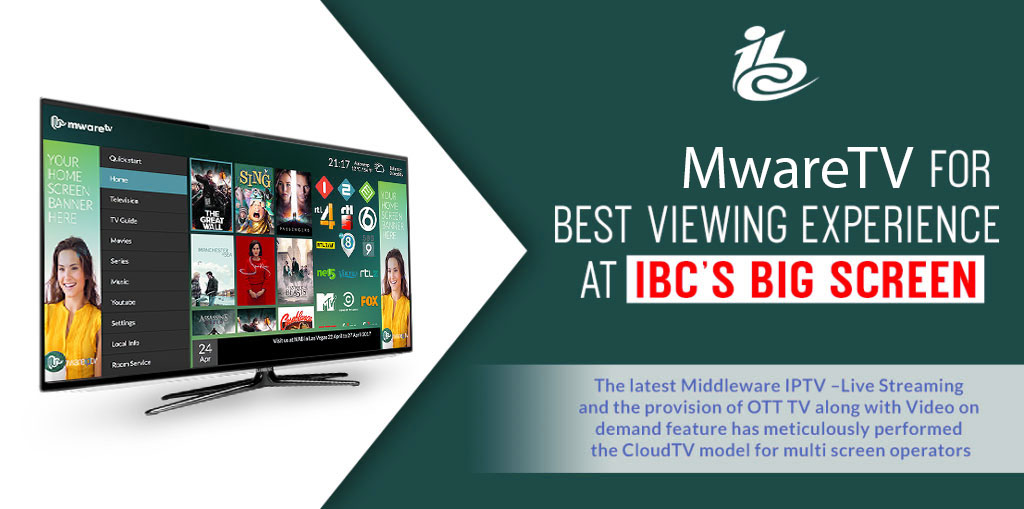Nov
13
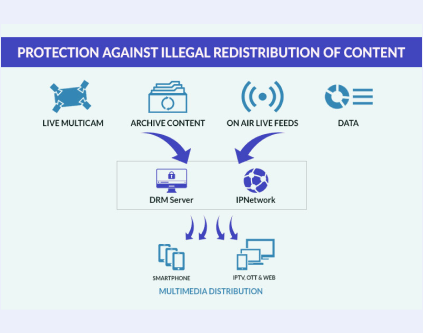
A New Horizon For Protection Against Illegal Redistribution Of Content
By S. Kerstens CEO Mware Solutions | IPTV OTT | No CommentsA New Horizon For Protection Against Illegal Redistribution Of Content
By S. Kerstens CEO Mware Solutions | November 13, 2017| IPTV OTT


We live in a world which has come a long way from linear TV. The ways of distributing content have changed. With broadband availability, the way audiences view entertainment programs, sports and news has been revolutionized.
Audiences are watching content on any IP connected device, over any network, anywhere. This has exposed content owners and service providers at the risk of video piracy - a risk which has been on the rise since the past decade and shows no sign of diminishing. Content owners and distributors (service providers) are presented with the challenge of delivering their content securely.
According to an online threat analysis done by piracy monitoring specialist Friend MTS, in September 2016, there were 12,000 unique instances of HD channels being distributed on piracy platforms. These were sourced from Pay TV service providers across the globe. When it comes to mobile devices that number increases to a whopping 22,000channels.
This is a scenario where almost no operator is exempt. Modern media consumers are used to “anytime, anywhere, any device” content and the growing demand for consuming content in that manner is driving rapid changes in the way digital content is distributed. Content is being sourced from the smallest to the largest Pay TV providers in the world.
The video quality available in piracy platforms is unprecedented to say the least. With bitrates of 4-6 Mbps for HD channels and 1 Mbps H.264/AVC for SD channels being commonplace, it is well capable of rivalling that of Pay TV platforms.
A study conducted by Arthur De Vany, Professor of economics at University of California, Irvine, and David Walls, Professor of economics at the University of Calgary has found that it is possible that 40% of a typical film’s box office revenue is being lost to piracy. The fundamental question posed by these professors and others have made Digital Rights Management (DRM) possible.
What is DRM? DRM is a type of video protection which comprises an encryption of symmetrical and asymmetrical characters combined. As the name Digital Rights Management suggests, it is an electronic content protection solution that protects the video content available on streaming services and devices.
DRM is used to broadcast not only video content but other types of content as well, such as audio. With DRM, OTT solution providers can take advantage of encrypting files in the native mode, so that they cannot be copied and redistributed illegally.
DRM prevents the widespread unauthorized access of copyrighted content, thereby protecting the revenues of content creators.
Advantages Of Using A DRM Solution
- Simplified architecture
- Reduced costs of operations and support
- Quicker, smoother deployment of new TV Everywhere services
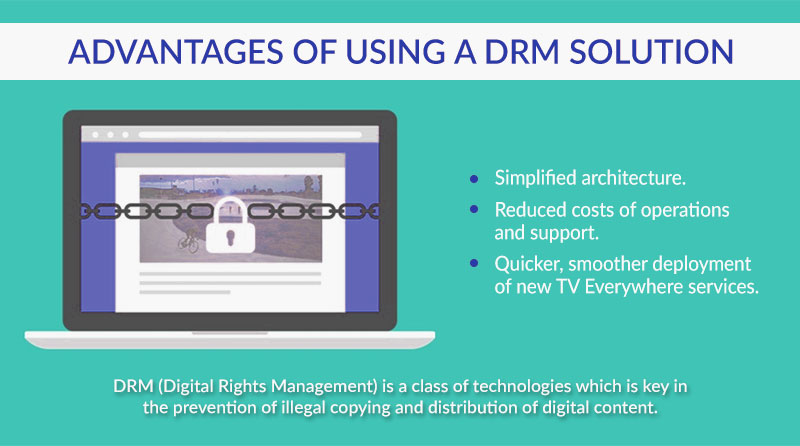
However, in the world of OTT (Over the Top), the decision of using a particular DRM is different from that of IPTV operators. This is a much more streamlined process where the costs of encoding, processing, and storing content in several different formats for different devices are reduced and workflows are simplified. Offering secure streaming video and offline playback on a variety of devices with a singular DRM platform has facilitated deployments with major IPTV and OTT operators.
An ideal DRM solution should take care of the following:
- Being platform-independent and device-independent.
- Delivering content anywhere.
- Quickly locating the source of a security breach and fix it.
- Providing users with a transparent experience over OTT as well as managed networks.
This is why it’s of paramount importance to choose the right technology partner for securing content through DRM.
Multi DRM
There is more to DRM than content protection. Digital rights management is also about adding value to your platform, enabling your subscribers to watch content on a plethora of devices while allowing you to control all the devices and services that run on your platform. When done right, multi DRM helps ensures that the services are managed flexibly and optimally (for you) for years to come.
Multi DRM is a little more complex version of Digital Rights Management, where a range of DRM technologies that are native to popular device platforms are managed and supported, while enhancing non-native devices with a proven DRM product.
This technology saves licenses to client devices, supports multiple key exchange protocols and has a sophisticated policy engine to determine the DRM and CAS rules.
Different devices and platforms use different DRM systems. In order to distribute content to the largest possible audience, content owners and distributors will have to use multiple DRM technologies.
Thankfully, there are companies that make it easy. They help you support all major DRM systems, thereby protecting your content and help it gain maximum reach. One such company is Mware Solutions, which has a turnkey end-to-end OTT IPTV Middleware solution. The solution is called CloudTV which utilises BuyDRM MultiKey Service to provide DRM as a service which is also known as DaaS. The CloudTV dramatically makes the complex tasks of deploying IPTV much easier. This provides a streamlined integration between the different components involved, which includes CDN, transcoding, middleware and UI.
Conclusion:
Today’s consumers are using an increasing number of devices and platforms to view audio-visual content. This has given a rise to content piracy. With huge sums invested in content, protecting content, especially video assets from piracy is a paramount concern for realising the ROI on their investment. Multi DRM is a solution that helps content owners and distributors save money while helping them to reach as large an audience as possible.
Summary
Mware Solutions provides turnkey end-to-end OTT IPTV Middleware solution, which involves Daas or DRM as a service and streamlines integration between all the various components involved, thereby making things much easier for content owners as well as distributors.
Tags:

